
Adventures in Glacier Bay
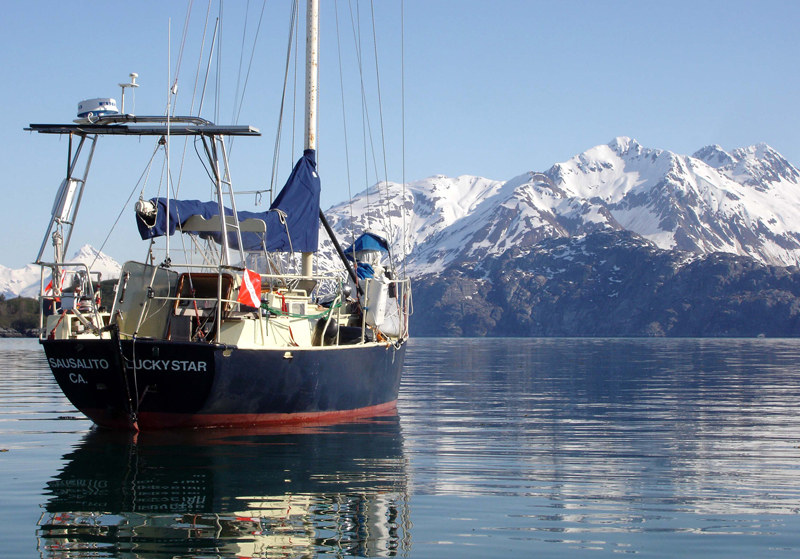
Last spring, longtime Sausalito diver Tim Sell sailed his Brent Swain 36 Lucky Star to Juneau, Alaska, spending the summer exploring the area and the winter trying to stay warm. While that’s easier said than done in a steel boat, Sell and his faithful pup Jack made it through, eager to continue their explorations. On the schedule for this spring was famed Glacier Bay.
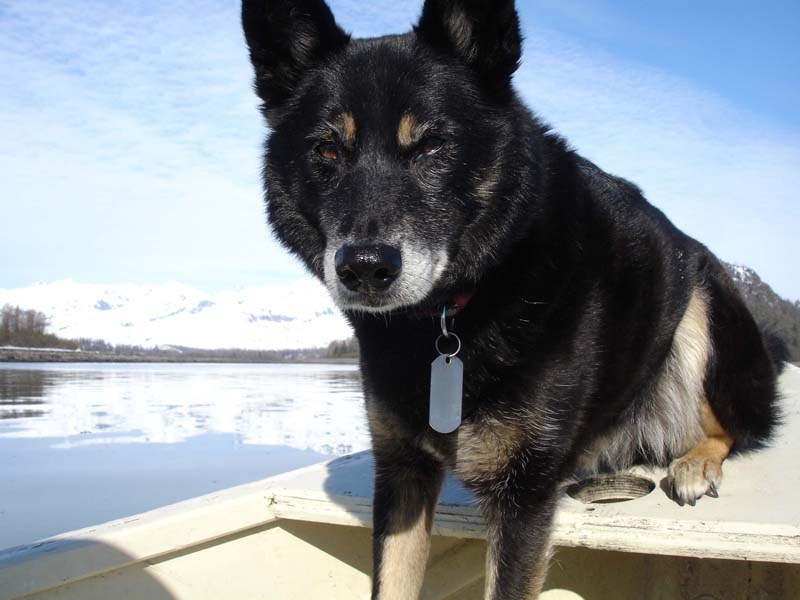
"We left Juneau on May 20 as a permit isn’t needed to enter Glacier Bay National Park before June 1. My crew for the trip were Shelagh More, Leslie Vianne, and Jack, of course. The day was bright and sunny when we left Juneau — and stayed that way for most of the trip, something that’s unheard of in Southeast Alaska — and the humpbacks went off like fireworks.
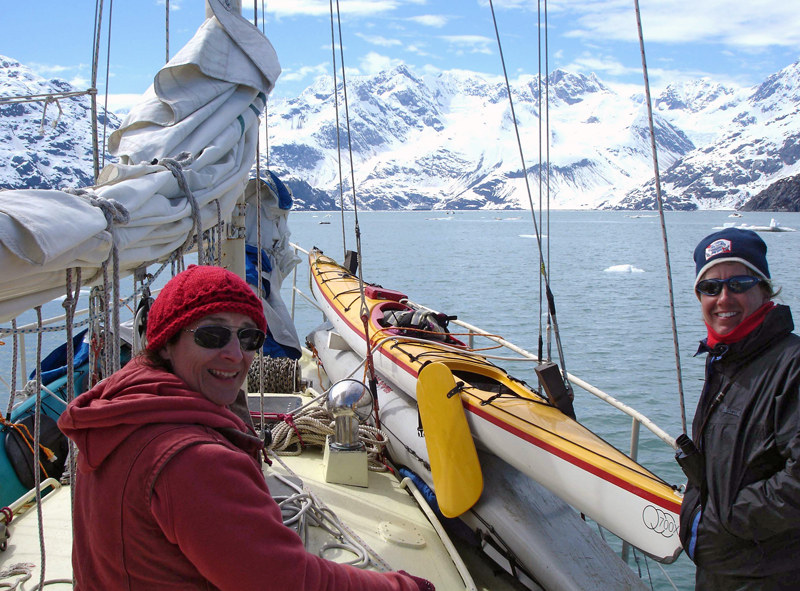
"As we entered Bartlett Cove, the ranger station advised us to stay in the center of the channel to avoid the feeding whales. At the dock we had the pleasure of meeting David Brewster who had just solo paddled his kayak from Juneau. He looked a little ragged so I invited him to join us for a ride up the west arm. We made it as far as John Hopkins Inlet before the ice became so thick we had to stop. We sat there in the sunshine, ate lunch, and then enjoyed a leisurely sail through the bergie bits all the way to North Sandy Cove. It was a wonderful 10 day trip, and we plan to do the east arm in the fall.
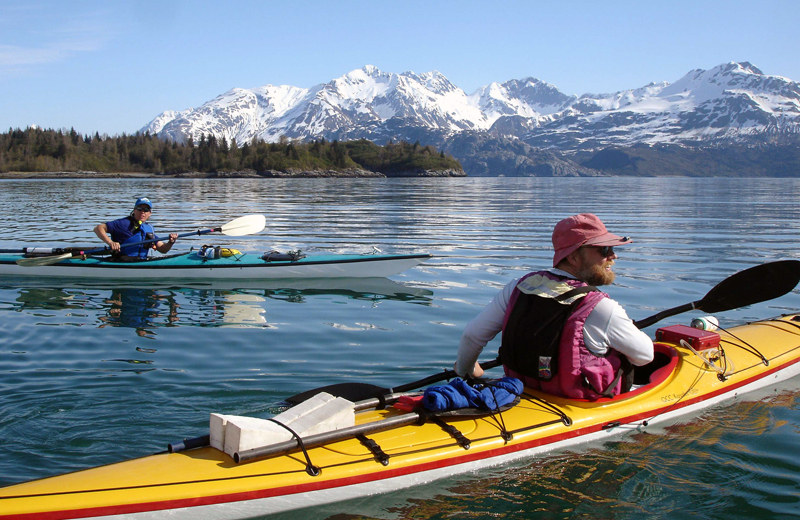
"We said goodbye to part of our crew in Bartlett Bay and headed back to Juneau. On our way in, the humpbacks welcomed us home with another show! As you pull into this first rate marina in downtown Juneau, you notice that many of the slips are empty. The city recently raised their rates and many fishermen moved to a cheaper marina. I pay $130 per month."
Leopard Sets Transatlantic Record
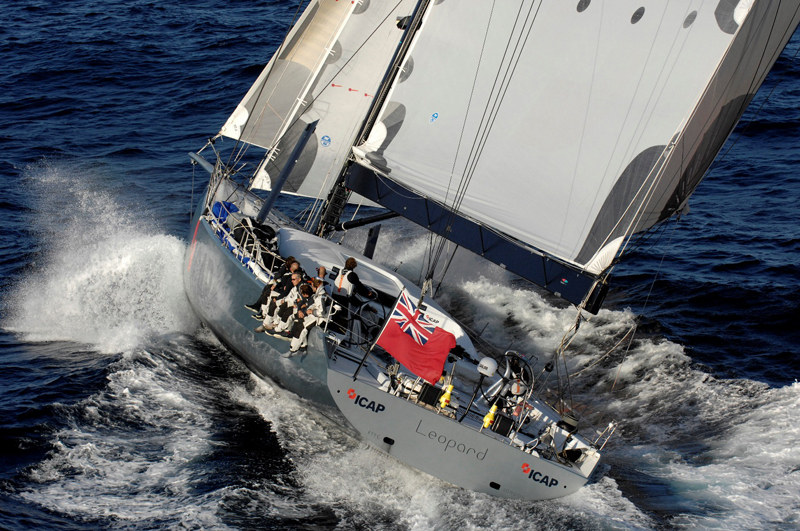
Briton Mike Slade’s 100-ft maxi ICAP Leopard passed the Lizard just before 8:30 p.m. local time yesterday to claim the west-east transatlantic record for boats with power-assisted winches. Sailing at an average speed of 15.5 knots and topping out at 37.4 knots, the crew of 12 finished the course in 7 days, 19 hours and 21 minutes — trimming 8 hours off the existing record set by the 246-ft Phocea.
Although a day short of the outright monohull record set in 2003 by the 140-ft schooner known then as MariCha IV, what’s remarkable about the record attempt is that for ICAP Leopard it was a ploy to add a little excitement to the seasonal migration home from the Caribbean. "This was a delivery without a full sail wardrobe, and we almost lost a full day avoiding southerly icebergs in the mid-Atlantic, as well as experiencing a full-on collision with a monstrous sunfish," Slade said.
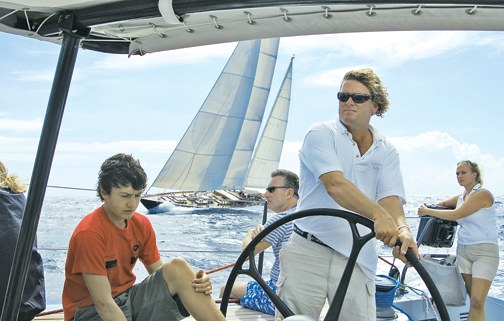
©2008 Latitude 38 Media, LLC
For what it’s worth, Slade is one of the cooler big boat owners around. He’d brought one of his previous boats, the 80-ft Farr-designed Longobarda, to the St. Francis Big Boat Series many years ago. As for his skipper, Aussie Chris Sherlock, we’ve never seen a harder working or more hands on skipper. Well done!
Want a Morgan 41 for $10,000?
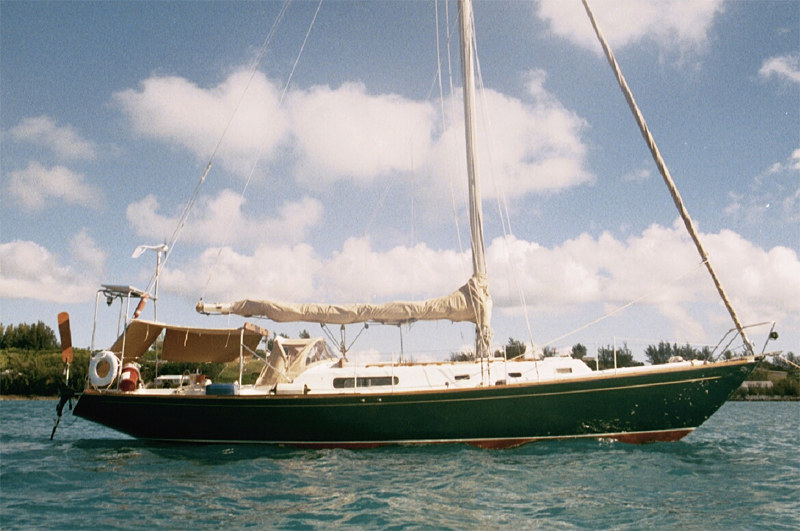
©2008 Latitude 38 Media, LLC
Looking for what might be a lot of boat for the money? Mary Ewenson of Spinsheet magazine back in Annapolis says that Dave Johansen, a neighbor of hers, has decided to end his proposed voyage from Huatulco, Mexico, to San Francisco in Puerto Vallarta. Why? A combination of weather, engine problems, money, and a great job opportunity.
We’re not promising anything, but according to them, Shimmer is "rigged for open ocean cruising, and has both wind generator and solar power." Her Westerbeke diesel engine has saltwater in the fresh water cooling system, which means the engine has blown a head gasket. There is a head gasket kit onboard, but the owner has no time to make repairs.
If anyone is interested, they should contact Dave Johansen via email for photos & more details. We’re not recommending this boat or anything, just putting the word out.
For what it’s worth, we just flew back from Puerto Vallarta yesterday. It’s about 85° during the day and moderately humid. But it’s not bad at all, particularly if you do some swimming or surfing during the heat of the day. And the nights . . . oh, they are wonderful! The other day there were six sailboats anchored at Punta Mita, and about five on the hook off the Nayarit Riviera Marina. It’s not prime sailing time in Mexico, but it’s not bad at all.
How High Can Your Cat Jump?
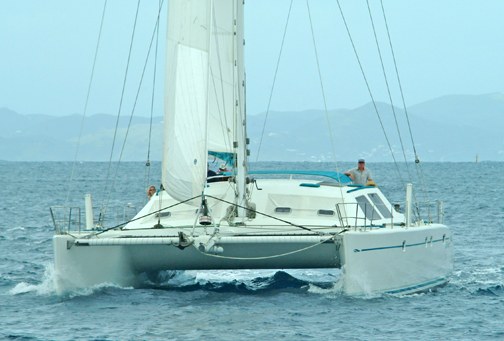
©2008 Latitude 38 Media, LLC
In the 10 or so years that John Haste of San Diego has owned his Bob Perry designed 52-ft cat Little Wing, he’s sailed and raced her everywhere from Southern California to St. Martin in the West Indies. So he thought he was very familiar with the cat’s speed potential.
"I remember reading a Morrelli & Melvin polar diagram for the speed targets of a cat of similar weight and dimensions to mine," he writes. "They predicted a top speed of 32 knots. Frankly, I found this a little hard to believe. Based on all our experience, we can hit 18 knots pretty easily, but it’s been tough to get much over 20 knots. For example, until recently, our top speed was 23 knots in one of the Ha-Ha’s we did. But that was done in a 37-knot gust when we were carrying 4,300 sq. ft. of sail."
But Haste recently got religion. It happened while sailing from Panama’s San Blas Islands to Cartagena, Colombia. "We were reaching in a 10-knot breeze enjoying wonderful sailing conditions. We were aware that there was a slow moving low in the area, but there was no squall activity. Then, at midnight, there was suddenly a cool blast of air and Little Wing started to accelerate quickly. There was spray everywhere, as we were cutting the crests of waves with the cross beam. As we bore off, the velocity just kept increasing. There was no time to shorten sail, so we just had to hang on. It would have been a rush during the daytime, and if we’d closed the port over the computer on the nav station. Anyway, I’ve enclosed a photo to show our maximum speed."
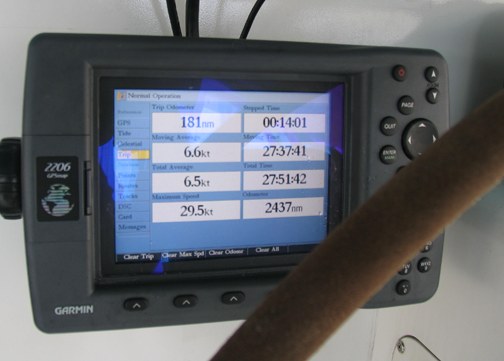
If you own a cruising cat, we’d be interested to know how fast you’ve got her going — and whether you were happy about it. Shoot an email to Richard.
